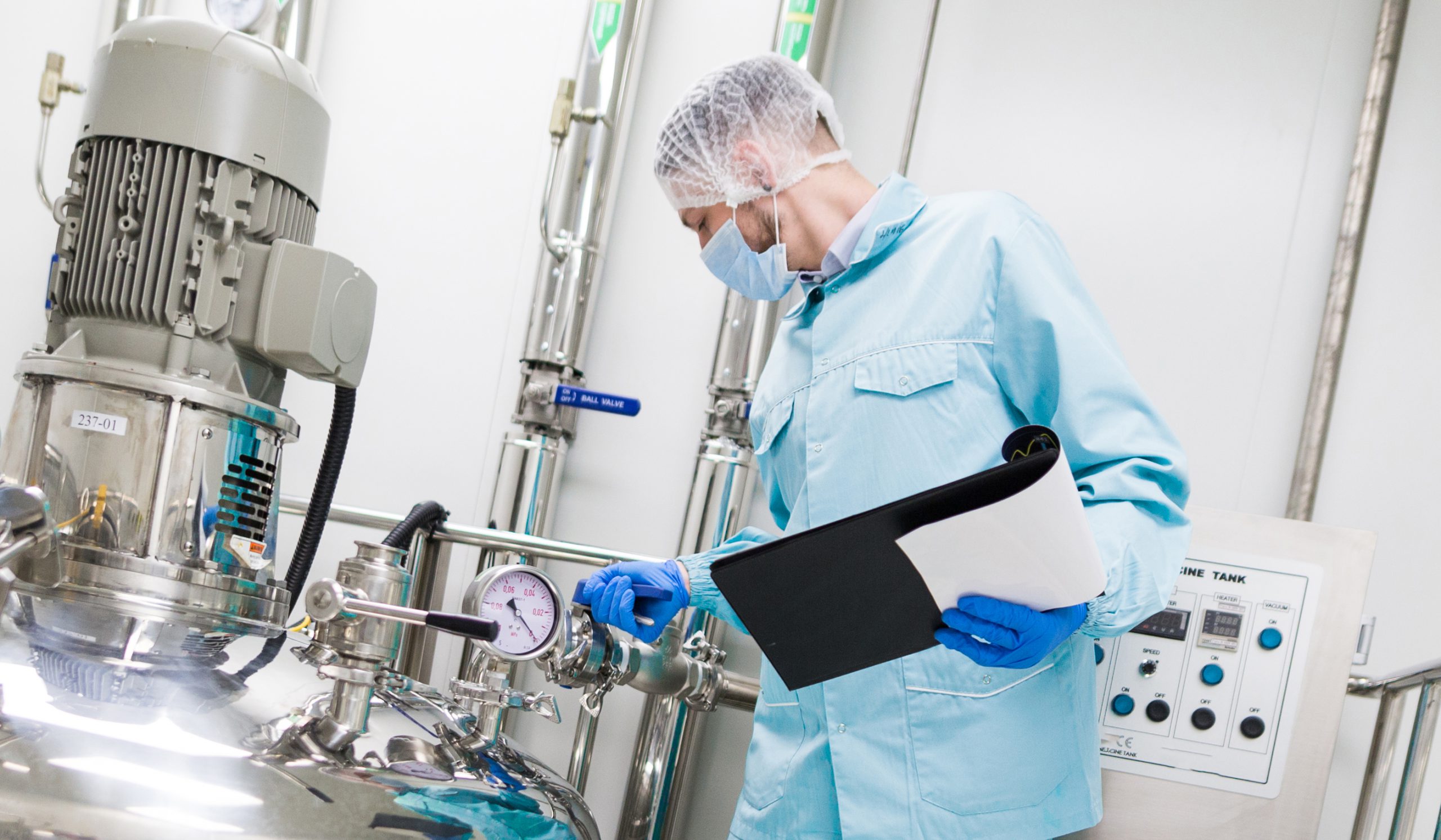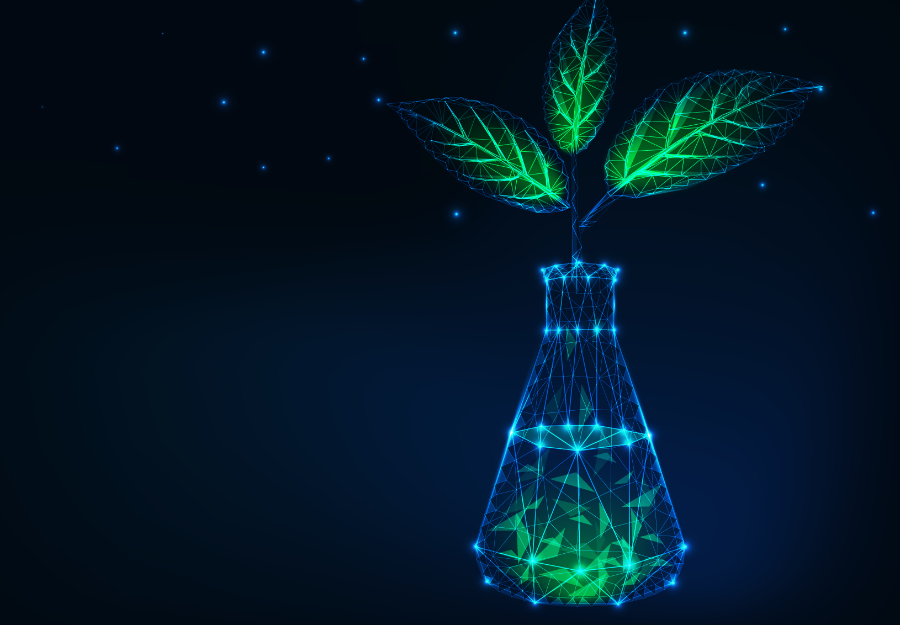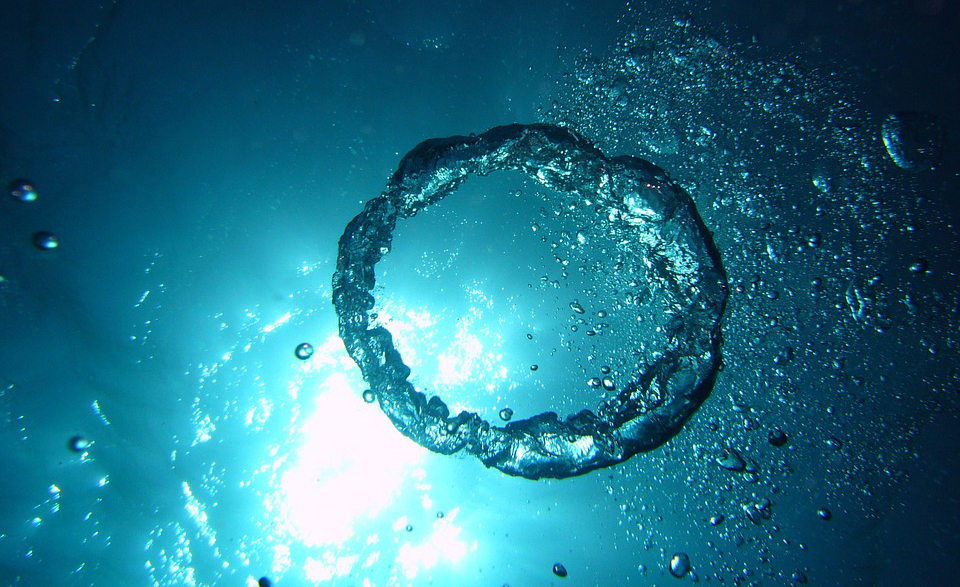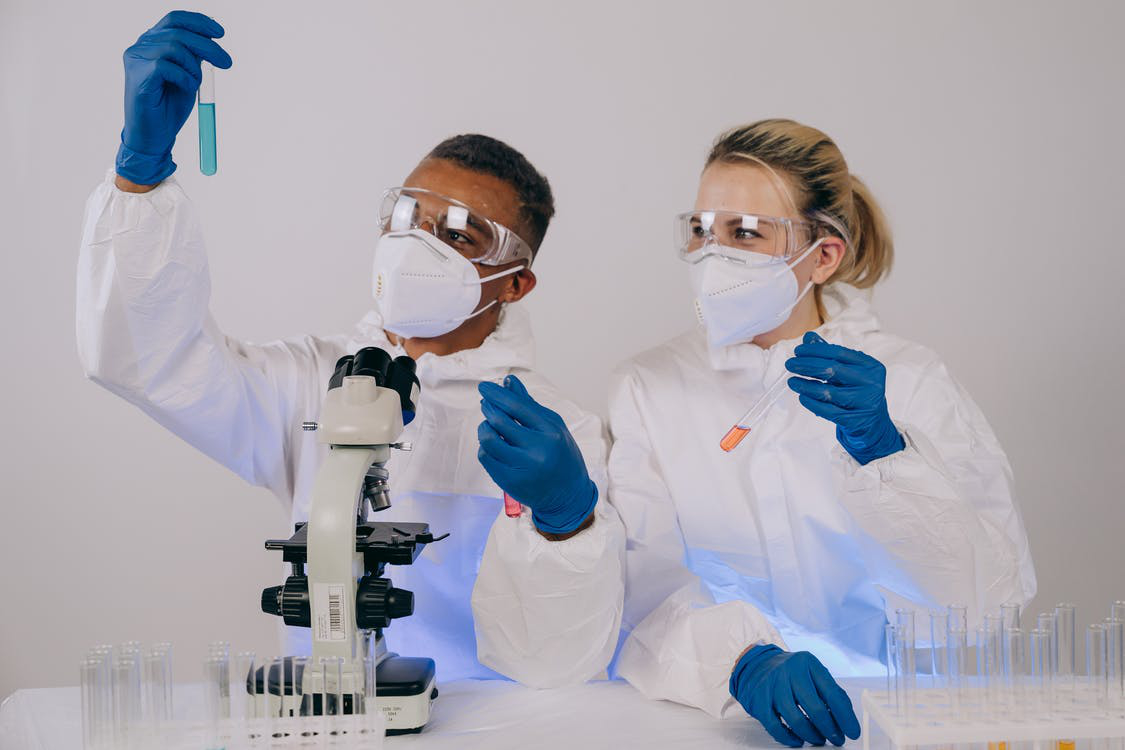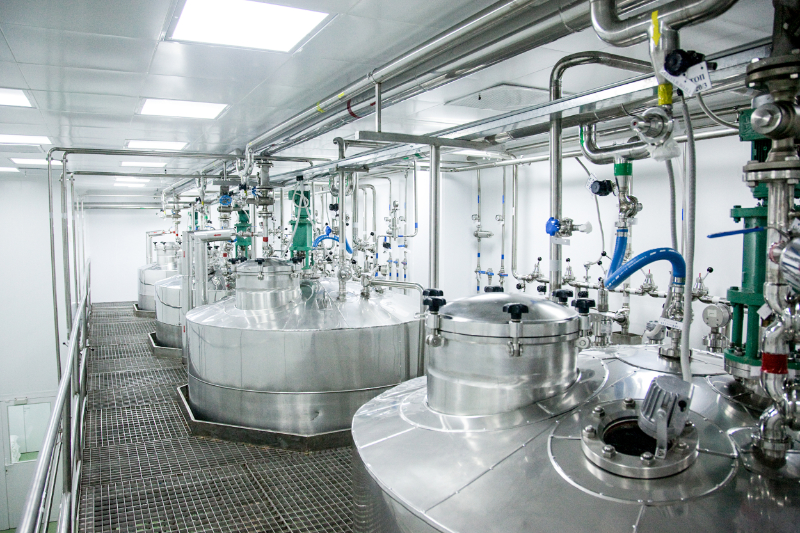
How do magnetic nanoparticles heat?
Some magnetic materials are able to absorb electro-magnetic waves and transform them into heat. But how do they do it? And is there a single mechanism or an optimum frequency for this process? To answer these and other fundamental questions
